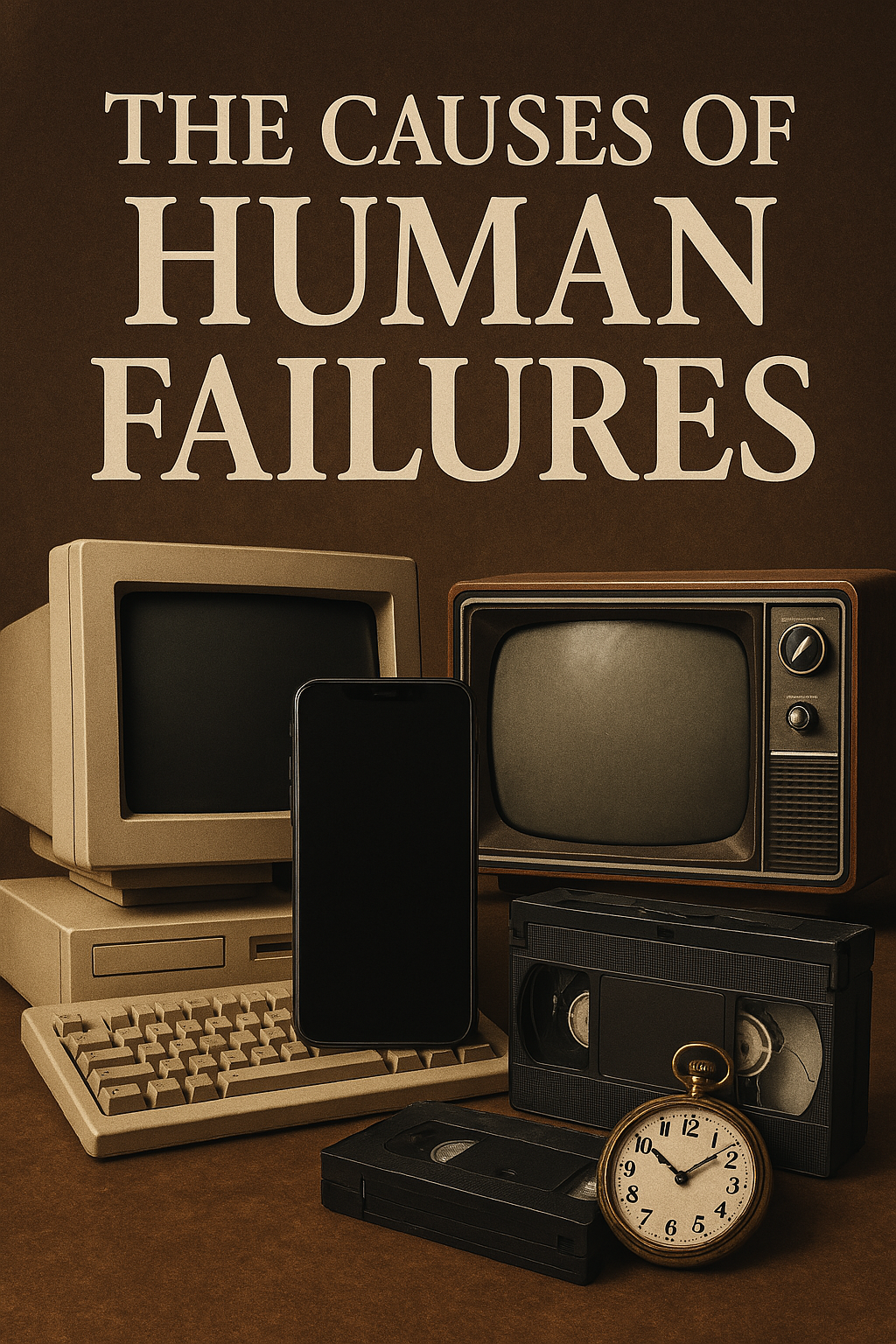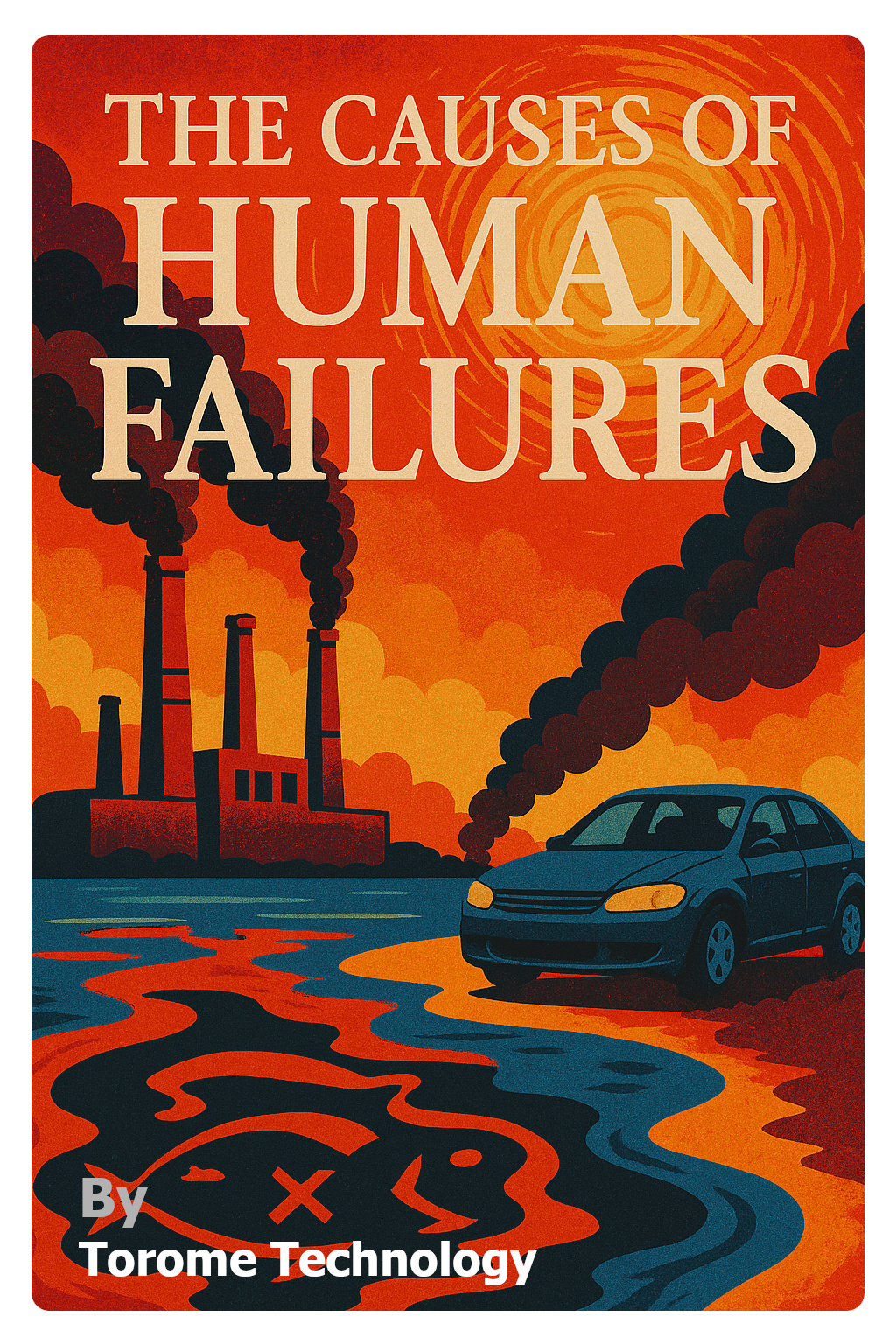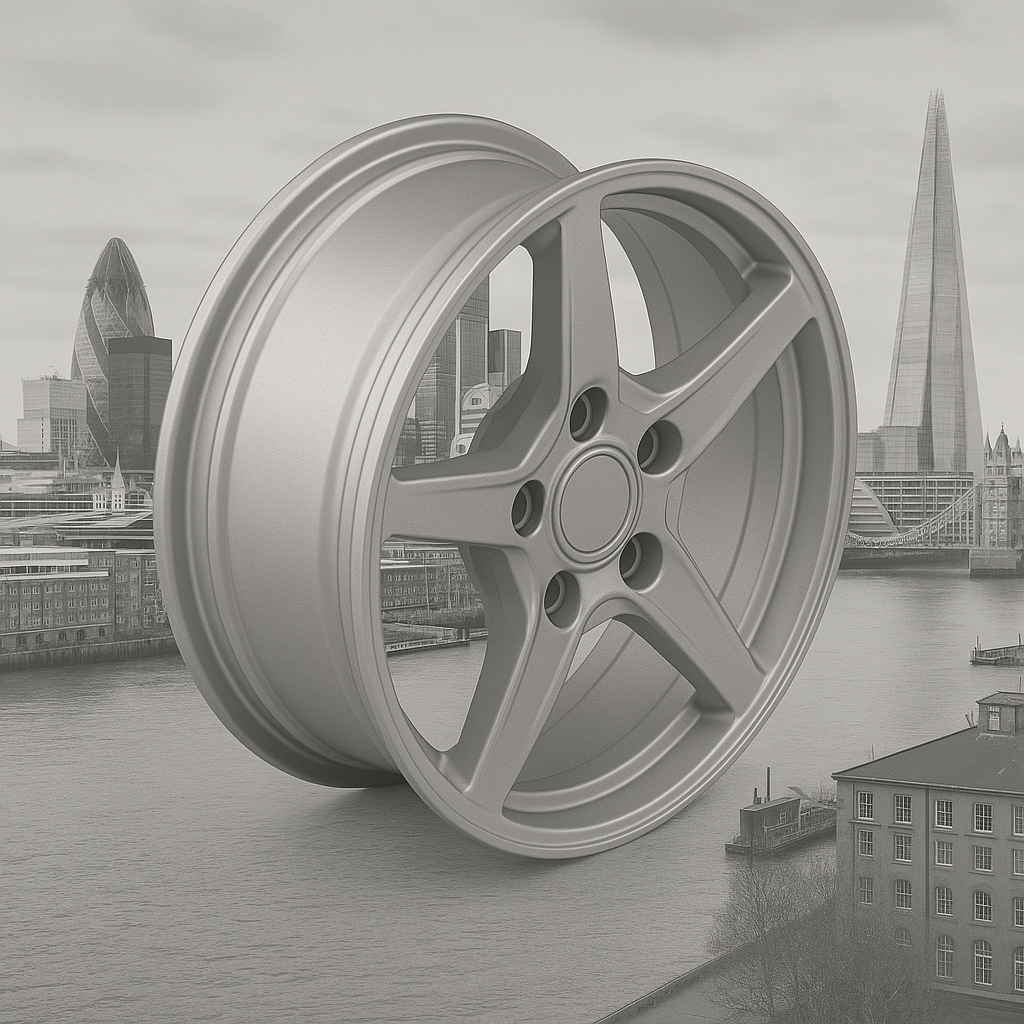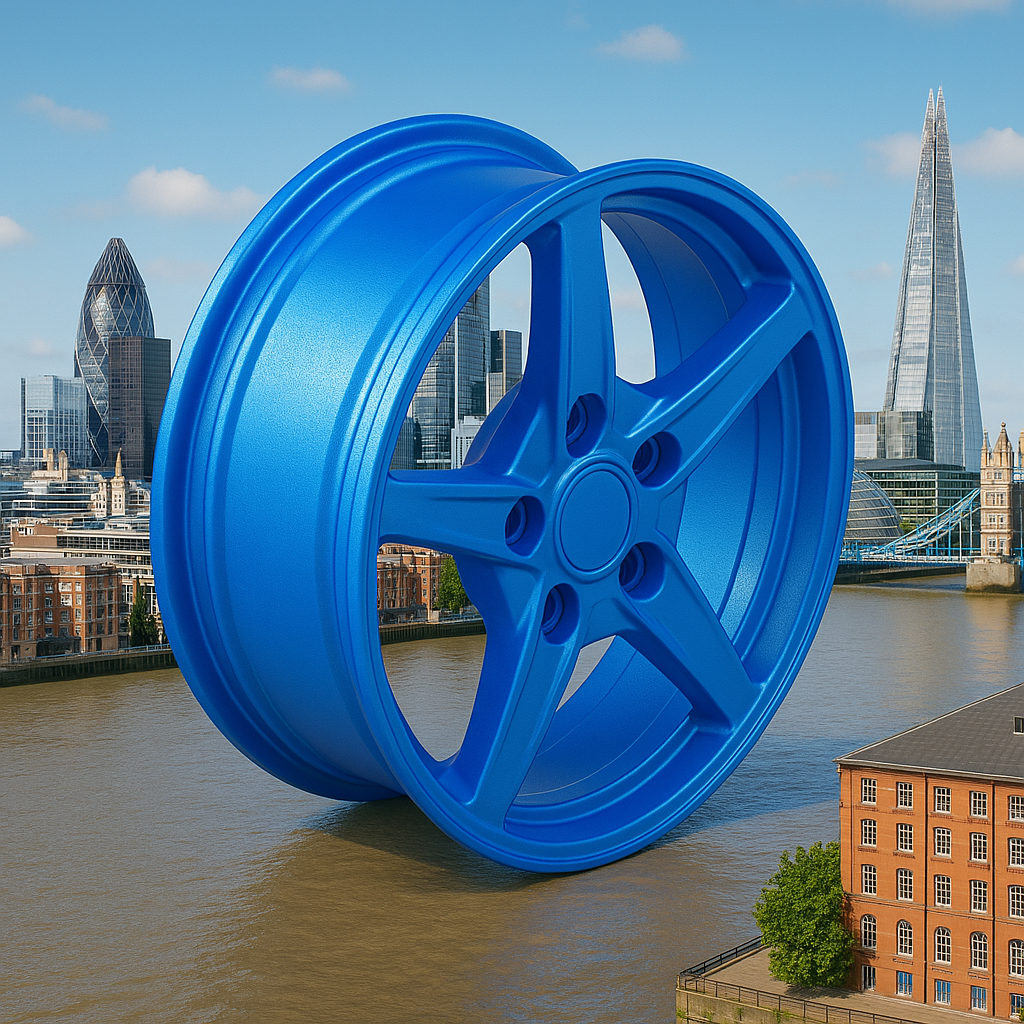How ChatGPT-4o with Image Creation is Transforming the Graphic Design Landscape Forever
A New Epoch in Creative Intelligence
Introduction:
The integration of generative AI into the creative industry has been a slow burn over the last decade. However, the release of OpenAI's ChatGPT-4o, especially with its robust image generation capabilities, has ignited a paradigm shift that few could have anticipated. Graphic design, once a stronghold of human-only creativity, is now being reshaped by a few lines of descriptive text. In this article, we explore how ChatGPT-4o has revolutionized graphic design, discuss its implications for IT and industrial design professionals, and critically evaluate its role as a disruptive force that challenges the very foundation of traditional design workflows.
1. Prompting: The New Creative Language
With ChatGPT-4o, natural language becomes the design language. The days when you needed Adobe Illustrator proficiency or years of experience to craft professional-grade visuals are giving way to a world where mere descriptive prompting does the job faster, cheaper, and often better.
Take, for instance, the creation of a high-resolution book cover depicting the causes of human failures—a project that traditionally required hours of ideation, mood boards, Photoshop layers, and client revisions. In contrast, ChatGPT-4o generated a sophisticated cover that combined both old and new technological artifacts in a cohesive, high-quality visual, all in seconds.
Here is a book design Cover created by chatGPT 4o when it was prompted with the book title and a foreground of Technological past artifacts

ChatGPT 4o author
Here is an updated version with the title left intact but this time, the foreground was meant to depict the effects of human pollution.

ChatGPT 4o author
If the aforementioned was not mind-blowing, what about uploading this image to ChatGPT 4.0

And then prompting it to fill all the seats with a diverse multi-racial audience in proportion and perspective. This is what it created

You will have to admit, even a Photoshop expert with 10 to 20 years of experience will find that daunting.
The examples mentioned above are quite artistic. What about an engineering drawing where function, form, and dimensional integrity are essential? Here is an orthographic projection of an alloyed metallic wheel hub, featuring a third-angle projection of its main views.

This image was uploaded to ChatGPT 4o, which was prompted to derive or create the isometric view. In one attempt, it nailed it, as shown below.

It was then prompted to add a background of the City of London skyline. Again, in one attempt, it nailed it as shown below.

Not satisfied with black and white, I prompted it to produce a color version in high resolution. Here is the one-shot result.

From artistic to conventional engineering drawing, ChatGPT 4o with image creation is indeed creating waves with far-reaching reverberations.
This level of conceptual and visual execution, driven entirely by prompt input, redefines the creative value chain. The artist's brush has been replaced by the prompt engineer's keyboard.
2. Visual Complexity Without the Overhead
Designing complex visual narratives traditionally demands extensive tooling, long feedback loops, and a diverse design team. However, ChatGPT-4o compresses the entire process. When the request was made to update the original cover with a vibrant foreground showing the effects of climate change, oil pollution, and vehicular emissions, the system seamlessly reimagined the scene, maintaining continuity in design aesthetics while expanding its narrative scope.
This isn’t just efficiency; it’s creativity on demand.
3. The Democratization of Design
ChatGPT-4o’s capabilities are a democratizing force. Professionals who once outsourced graphic design due to skill limitations now wield the power of photorealistic or abstract image creation with mere textual input. For IT professionals building documentation, dashboards, or app interfaces, this means faster turnaround and lower costs. For industrial designers, this offers the ability to quickly mockup product visuals without waiting for outsourced artwork or in-house rendering time.
Moreover, this changes hiring dynamics. The need for full-time graphic designers on staff may decrease, and the focus may shift to creative direction and prompt refinement.
4. Professional Use Cases Across Industries
-
In IT:
ChatGPT-4o can generate high-resolution UI mockups, icon sets, and data visualizations based on system requirements and user behavior analytics. -
In Industrial Design:
Professionals can illustrate concept designs, packaging layouts, or product simulations without CAD or 3D modeling software. -
In Marketing:
From infographics to campaign visuals, teams can brainstorm and produce on-brand graphics instantaneously. -
In Publishing:
Editors and authors can visualize covers, illustrations, and even scene art without hiring separate illustrators.
5. Collaboration at Machine Speed
A significant advantage of AI-driven image creation is real-time collaboration. ChatGPT-4o can adapt visuals mid-conversation, absorbing new inputs and refining outputs iteratively, not unlike a live designer but at exponentially faster speeds. Whether you're iterating on colors, perspective, or thematic scope, the system adapts in milliseconds.
Consider the boardroom image where the user requested empty seats to be filled with a diverse, multi-racial audience. ChatGPT-4o was able to seamlessly augment the original image, preserving lighting, perspective, and realism—tasks that would take even skilled Photoshop artists hours to perfect.
Image Reference: Enhanced Boardroom Meeting with Diverse Audience
6. The Rise of the Prompt Engineer
This AI evolution heralds a new professional archetype: the prompt engineer. These individuals possess a hybrid skill set that blends linguistic intuition, visual literacy, and technical foresight. Just as coding literacy became essential for IT professionals, prompt literacy is becoming foundational for those in creative and technical domains.
Prompt engineers can now do what graphic designers, UI/UX professionals, and photographers once did separately—often with more speed and scale. This shift also means that the barrier to entry in design has lowered, while the bar for conceptual clarity has risen.
7. Challenges and Considerations
Despite its promise, ChatGPT-4o isn't without limitations. Ethical considerations around authorship, originality, and over-reliance on AI-generated visuals are still hotly debated. Moreover, while the tool can generate stunning results, discerning when and how to use it responsibly remains a human judgment.
Additionally, the nuance of cultural context, emotional tone, and symbolic depth may still elude even the most advanced AI unless meticulously prompted. This means the designer's role isn't obsolete but evolving—from executor to director.
Conclusion: The New Status Quo and What Lies Ahead
ChatGPT-4o has ushered in a tectonic shift in how visuals are conceptualized, created, and consumed. For IT and industrial design professionals, this means fewer dependencies on traditional design roles and a new emphasis on interdisciplinary fluency. No longer must you be a skilled artist to create breathtaking imagery—you only need a well-articulated vision.
As the technology continues to improve, the distinction between what’s human-made and AI-crafted will blur further. The design world is being reshaped, not replaced, by this technology. Professionals who adapt, learn, prompt engineering, and integrate AI into their workflows will not only survive but thrive.
The future of graphic design isn’t in Photoshop layers or Illustrator vectors—it’s in the precision of your prompt.
Welcome to the era of conversational creativity.
Watch The Video